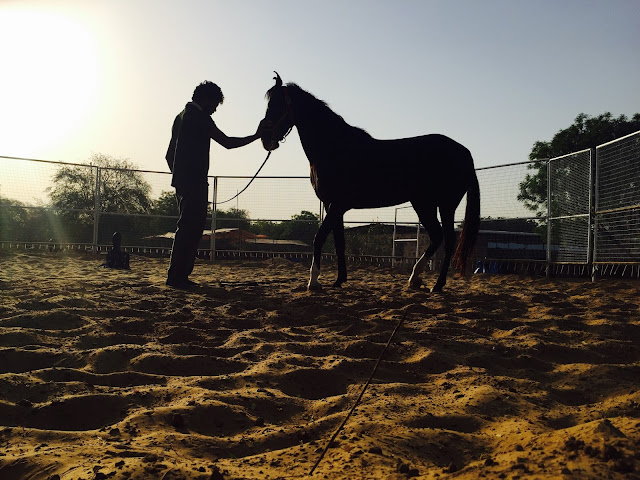Top 5 things to do in Tofo, Mozambique
Tofo is a small resort town on the Mozambican coast further south from Vilanculos. It is known for scuba diving, surfing and whale watching. We were very lucky with our timing - now (June/July) is the time when humpback whales migrate past the coast and we got to see several of them less than 100 metres from the beach. We stayed in a very cute bungalow called Casa Na Praia right on the beach. We could see the sand and water from our bed!
We only stayed two days - I would say three days would have been better - and here are the things we recommend.
1 - Ocean Safari
We only stayed two days - I would say three days would have been better - and here are the things we recommend.
view from our room
Mozambique in general and Tofo specifically is all about what you can spot off the coast. In theory, you can see manta rays, whale sharks and dolphins throughout the year and humpback whales around June / July. You drive around in a zodiac until the guide spots something. If it’s a whale shark or manta ray you can jump in quickly with a snorkel. We were incredibly lucky to see humpback whales (we ‘only’ saw humpback whales) but that meant we couldn’t go snorkelling because it is apparently dangerous to swim near them during breeding season. Secretly, I was happy the option of snorkelling never came up I would have been terrified to jump in the water.
2 - Scuba diving
My brother is a scuba diving instructor - he told me Tofo is high up on the list of the best places to scuba dive in the world. Given what you can see just from staying in a boat it’s not hard to believe.
We did a refresher course in the morning in the swimming pool to make sure everyone would be comfortable for the ocean dive in the afternoon (you can also dive directly into the sea if you don’t want to do the pool thing). I’m very happy we did that since the sea was quite rough and I ended up with my mask full of water. The morning training of learning how to blow the water out came in very handy.
We did a shallow dive near a reef and some great looking fish (don’t ask which fish though, I have no idea). We didn’t see whale sharks but apparently it is now very rare to see them. We did see a manta ray. A poor girl who was diving with us got sea sick whilst in the water. I didn’t even know it was possible to vomit 12 metres under. The instructor had to hold her regulator while she vomited. I know, I know, this is way more information than you want. So just make sure the water is calm before you head out. It is otherwise absolutely worth it!
Another tip - we were told that in retrospect Vilankulos might be a better place to dive during winter (June/July/August) while Tofo waters are perfect in summer (October to March).
3 - Walk on the beach
Tofo has one main beach but you can go for a very long walk onto other neighbouring beaches. There a few beautiful houses nested in the greenery lining the sandy beach and you might see some live pansies (also know as ‘sand dollars’) on the beach. Pansies are a type of very flat sea urchins. I had never even heard of them until I came to Mozambique but here they are ubiquitous.
You might even spot some marine wildlife on your walk.
The best is, it’s free!
a sand dollar, still alive
4 - Shopping
Shopping, on the other hand, is far from free but you can get a lot of good deals. Head to the market place where you’ll find a dozen stalls with local art craft from wooden carvings to folk paintings and African jewellery.
Bargaining there is an easy and relaxing experience. Beware of the young boys selling bracelets or shells on the go. They start off very friendly but can harass you all the way to your hotel if they put their mind to it. We saw a few boys ‘give’ a bracelet to a couple telling them it was a gift and five minutes later accuse that couple of stealing the bracelet. Fights and disagreements between foreigner and locals can escalate very quickly and end in the tribunal - avoid it at all costs.
here buying some bracelets
5 - Eat local
There are plenty of small restaurants around but if you want a real local experience, head towards the fruit vendor opposite the bus stop. There are a few ladies who make food for the locals but are very welcoming if you want to eat there too. There’s only one option per day (we had beans, vegetables and rice the first day and matapa [local dish made from tapioca leaves and cashew nuts] and prawns the next). It’s fresh, costs less than $1 and is well worth it.
enjoying a sundowner
Getting to Tofo
You need to get a shappa (small minibus) or a bus to Maxixe (pronounced Ma-shee-sh) and from Maxixe you take a so called ferry (more like a small boat - 10 Metacais/person approx 30 min) to Inhambane (pronounced In-am-baan). From there you take a shappa to Tofo (20 Metacais/person approx 45 min). Tofo is tiny, you should easily be able to walk from the bus stop to your accommodation.
view from inside the 'ferry' from maxixe to ihambane











Comments
Post a Comment